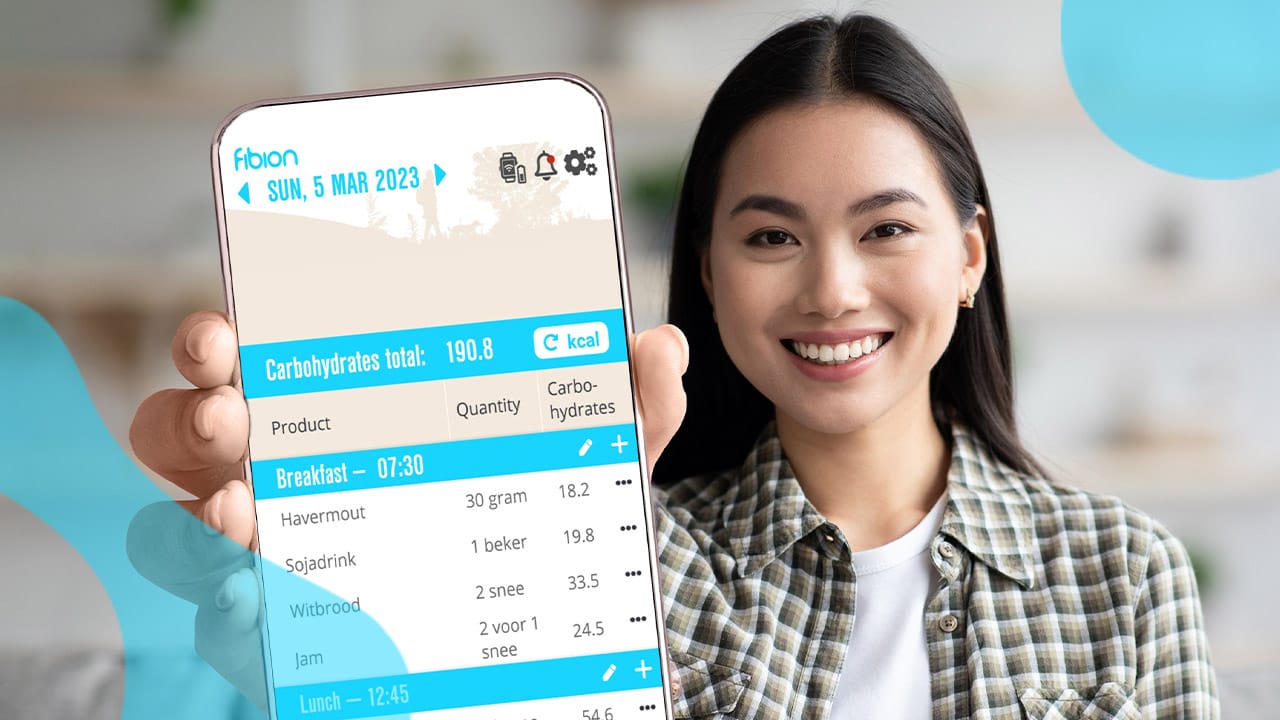Comparing HRV Monitoring Technologies for Cohort Research Success
In large-scale cohort studies, selecting the right device for heart rate variability (HRV) monitoring is crucial. HRV measurements provide insights into the autonomic nervous system (ANS) and overall participant health, making it essential for long-term studies that track physiological metrics. To learn more about choosing devices for accurate HRV measurement, consider adding “The Most Accurate HRV Tracker for Research Projects“.
Choosing an HRV device involves assessing the accuracy, comfort, ease of use, and the ability to integrate with research systems through SDKs and APIs. Devices should meet the study’s specific goals while maintaining participant compliance across large groups and sites.
Download the Actigraphy with Heart Rate
Comparison Sheet

1. Types of HRV Monitoring Devices: PPG vs. ECG
PPG-based HRV Monitoring Devices
Photoplethysmography (PPG) is a commonly used technology in consumer wearables, such as wrist-worn devices. PPG works by using light sensors to measure blood flow, indirectly providing heart rate data, which can then be used to calculate HRV. For insights into alternative HRV tools, you could add “Best Alternatives to Actiheart 5 for HRV Analysis Software in 2025“.
- Comfort and familiarity: Many participants are familiar with wrist-worn PPG devices, making them seemingly comfortable for daily use. However, they need to be worn tightly, which can cause discomfort over long periods, particularly for continuous HRV measurement.
- Limitations for long-term studies: The tightness required for accurate PPG readings may lead to skin irritation or participants loosening the strap, affecting data accuracy. Long-term, high-quality data collection can be difficult to achieve because PPG is sensitive to movement, positioning, and external conditions like light and skin tone.
ECG-based HRV Monitoring Devices
Electrocardiography (ECG) is widely regarded as the gold standard for HRV measurements. ECG measures the electrical activity of the heart directly, making it a highly accurate method for tracking HRV in clinical and research settings.
- Accuracy: ECG provides more accurate HRV data, particularly in large-scale studies that require high-quality, reliable data across all participants. To explore the benefits of ECG-based HRV monitoring, link to “Why You Can’t Go Wrong Choosing Kubios HRV Scientific for Your HRV Analysis“.
- Long-term monitoring: While chest straps may be uncomfortable for some participants in long-term studies, ECG patches or electrodes offer better wearability and continuous data over extended periods. The consistent contact with the skin ensures that data remains accurate, even long-term.
- Applications: ECG-based devices are ideal for studies that require in-depth HRV data and are not as affected by movement or external factors as PPG-based devices.

2. Research-Grade Devices vs. Consumer Devices for HRV Monitoring
Benefits of Research-Grade HRV Devices
In large-scale research, using research-grade devices is key to ensuring that data collection is accurate and reliable across all participants. These devices offer several advantages:
- Raw data access: Research-grade devices allow researchers to access raw HRV data, enabling in-depth analysis and the application of custom algorithms. This level of data access ensures transparency and allows researchers to tailor their studies more effectively.
- Stable algorithms: Unlike consumer devices, which often rely on proprietary algorithms that may change without notice, research-grade devices offer stable and consistent algorithms. This consistency ensures that data collection is not affected by updates or changes beyond the researcher’s control.
- Data ownership and flexibility: With research-grade devices, there is no need for participants to create individual accounts or go through the process of app-based setups. This reduces the burden on participants and ensures that researchers have full control over the data, without relying on external platforms for data retrieval.
Limitations of Consumer Devices
While consumer wearables such as fitness trackers are popular, they pose several challenges in large-scale research:
- Black-box algorithms: Many consumer devices rely on proprietary algorithms that are not transparent to researchers. These algorithms may change over time, introducing variability in the data and reducing the study’s accuracy.
- Account creation: Participants often need to create their own accounts, download apps, and manage their data through third-party platforms. This adds complexity and increases the chances of data loss or errors.
- Data retrieval challenges: Extracting raw data from consumer devices can be difficult, and some platforms may not allow access to the data in the format required for research purposes. This leads to inconsistencies in data collection and analysis across participants.
3. Ease of Use and Participant Compliance with HRV Devices
Ensuring participant compliance is critical in large-scale HRV studies, as accurate data depends on participants wearing the devices consistently throughout the study. Several factors contribute to whether participants are likely to comply with wearing the HRV device, such as how easy the device is to use, whether it requires frequent interaction, and how comfortable it is to wear for extended periods.
- Minimal user interaction: One of the main benefits of research-grade devices is that they typically do not require participants to create accounts, install apps, or interact with the device frequently. This simplifies the process for participants and improves compliance, as they don’t have to worry about managing additional apps or manually syncing their data.
- Automatic data collection and syncing: Devices that automatically upload data without requiring manual input from participants significantly reduce the risk of data loss. The ease of not needing to engage with the device regularly leads to fewer gaps in data collection and ensures more complete datasets.
- Long-term wearability and comfort: While PPG-based devices (such as wrist-worn wearables) may seem convenient, their need for tight skin contact can cause discomfort over time, leading participants to adjust or remove the device. In contrast, ECG-based devices – especially those using comfortable electrodes or patches—are better suited for long-term HRV monitoring.
- Recharging considerations: Although recharging requirements are important, they should not overshadow the importance of ease of use and automatic processes. Devices with long battery life and automatic charging reminders ensure participants stay engaged without excessive recharging burdens. To learn more about HRV monitors with extended battery life, check out “Choosing the Right HRV Monitoring Devices for Large-Scale Research“.
While battery life is important, ease of use and minimal maintenance – like long-lasting batteries and automatic data uploads – are essential for ensuring participant compliance in large-scale studies. Research-grade HRV devices that offer raw data access, stable algorithms, and minimal participant involvement improve data quality, with ECG-based devices being the most reliable for long-term, accurate HRV monitoring.

4. SDK and API Support for HRV Data in Large-Scale Studies
For large-scale HRV research, integrating SDKs (Software Development Kits) and APIs (Application Programming Interfaces) into wearable devices is a critical feature. These tools allow research teams to customize how they collect, process, and analyze HRV data, giving them full control over the research workflow.
- Streamlined data integration: SDKs and APIs enable researchers to seamlessly collect HRV data and integrate it into existing platforms or custom applications. This allows for better management of large datasets and reduces manual data processing.
- Customizable data workflows: With SDK and API support, researchers can set up custom workflows for data collection, ensuring that HRV data is synced at specific intervals, processed in real-time, or combined with other physiological or behavioral data. This flexibility is especially important in multi-site cohort studies, where consistent data collection across locations is key to data integrity.
- Enhanced data management: APIs allow for automated workflows, reducing the need for manual intervention. For large studies involving multiple devices, APIs ensure smooth data flow, consistent analysis, and better coordination between research teams.
By utilizing SDKs and APIs, research teams can not only optimize HRV data collection but also integrate it with other metrics – such as physical activity, sleep patterns, and sedentary behavior – to gain comprehensive insights into participant health. For large-scale studies, customization and automation of data workflows through SDK and API integration enhances the quality and scope of the research.
5. Data Accuracy and Reliability in Large-Scale HRV Studies
Data accuracy is a fundamental requirement in large-scale HRV studies, as unreliable or inconsistent data can undermine the integrity of the research. To ensure that the data collected from hundreds or thousands of participants is accurate, consistent, and reliable, it is crucial to choose the right HRV monitoring devices.
- Consistent data across participants: Research-grade devices typically provide stable, reliable algorithms that ensure consistency in HRV measurements across participants. In contrast, consumer devices may use proprietary, changing algorithms that can introduce variability, reducing the reliability of the data collected.
- Precision in measurements: For large-scale studies, it’s critical to select HRV devices that are known for their precision. ECG-based devices, in particular, are often preferred in research settings due to their ability to measure HRV directly from the heart’s electrical signals, providing more precise data than PPG-based devices.
- Minimizing data variability: While PPG-based devices may be prone to variability caused by factors like movement, skin tone, or ambient lighting, ECG-based devices are less affected by these factors, offering more consistent data, especially in studies requiring long-term monitoring.
Ensuring high data quality is not just about the type of device but also about data management processes, which is why devices with open access to raw data and transparent algorithms are key to maintaining the integrity of large-scale research.
6. Conclusion
ECG Research-Grade Precision for Cohort Integrity
For large-scale HRV research, choosing the right monitoring devices is essential to ensure data accuracy, reliability, and participant compliance. Research-grade devices, particularly those with ECG-based monitoring, offer significant advantages over consumer-grade devices due to their precision, consistency, and transparent data collection methods. For an overview of top ECG-based monitors, consider adding “Best Alternative to Polar H10 for HRV Research“.
Seamless Data Management Through SDK and API Integration
Additionally, devices with SDK and API integration allow for seamless data management and customization, which are crucial in multi-site and longitudinal cohort studies.
Minimizing Participant Burden for Higher Compliance
Ultimately, selecting HRV monitoring devices that provide reliable data, require minimal participant interaction, and support custom workflows through SDKs and APIs can significantly enhance the quality of research and lead to more meaningful insights into participant health. By focusing on these key factors, researchers can ensure successful data collection and analysis in large-scale HRV studies.
Call to Action
📅 If you want to learn more about Fibion’s ECG based HRV monitoring solutions, do not hesitate to book a video call with our expert Dr. Miriam Cabrita.

Frequently asked questions about this topic:
What is the difference between PPG and ECG for HRV monitoring? +
PPG uses light to measure blood flow and is often found in consumer wearables, while ECG directly measures electrical signals from the heart, offering more accurate HRV data.
Why are research-grade devices better than consumer devices for large-scale studies? +
Research-grade devices offer raw data access, stable algorithms, and eliminate the need for participants to create accounts, ensuring consistent and reliable data collection.
How does participant compliance affect HRV data collection? +
Participant compliance is crucial for accurate data. Devices that require minimal interaction and are comfortable to wear lead to better compliance and more reliable data.
What role do SDKs and APIs play in HRV research? +
SDKs and APIs allow researchers to integrate HRV data with custom applications and platforms, ensuring smooth data collection, processing, and analysis in large-scale studies.
What factors influence the accuracy of HRV data in large studies? +
HRV data accuracy depends on the type of device (ECG being more reliable than PPG), consistent algorithms, and the reduction of external influences like movement or skin tone.
Why is ECG preferred over PPG for long-term HRV monitoring? +
ECG provides direct, more precise HRV measurements and is less affected by external factors like movement, making it ideal for long-term monitoring in large-scale research studies.















